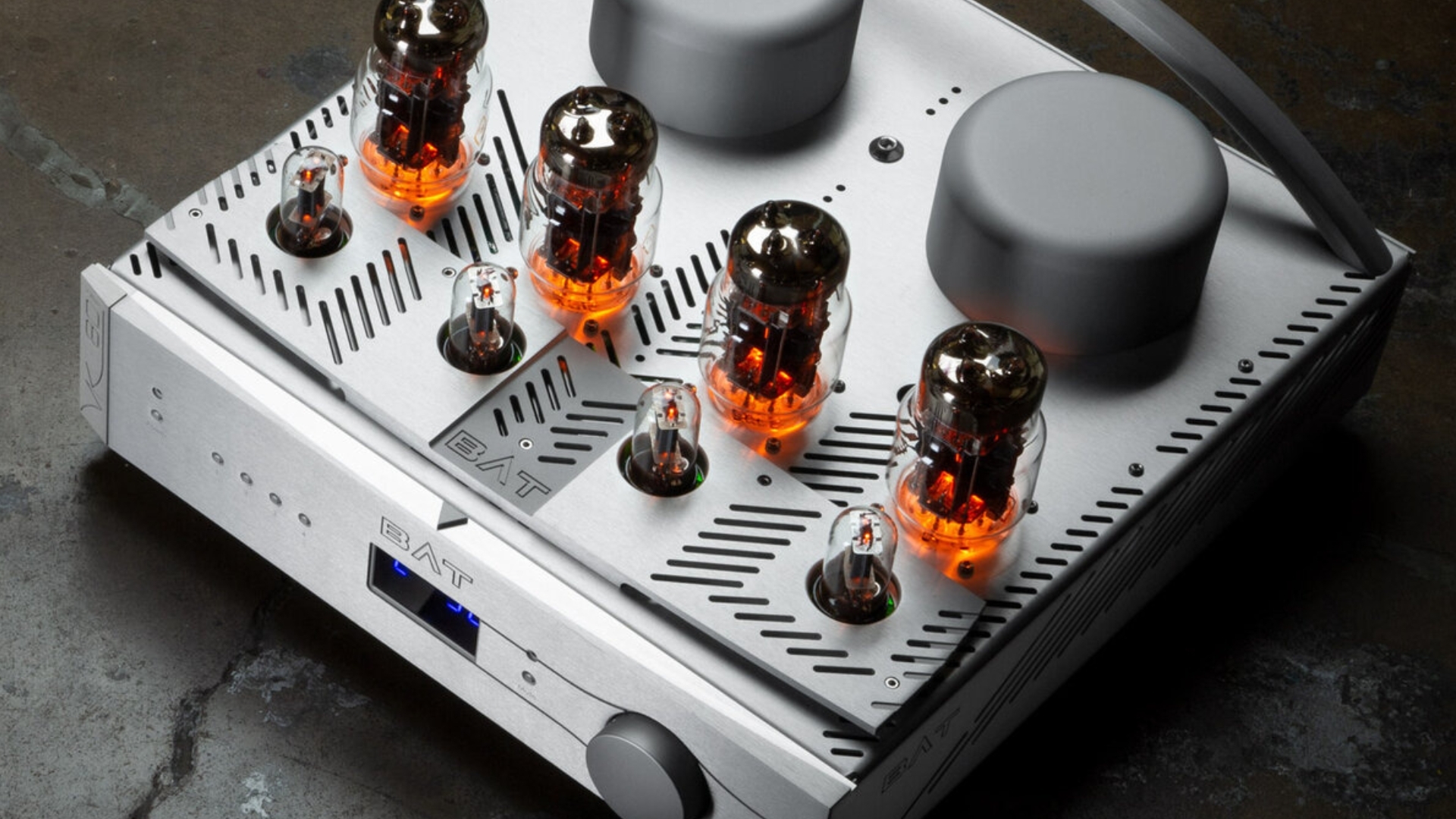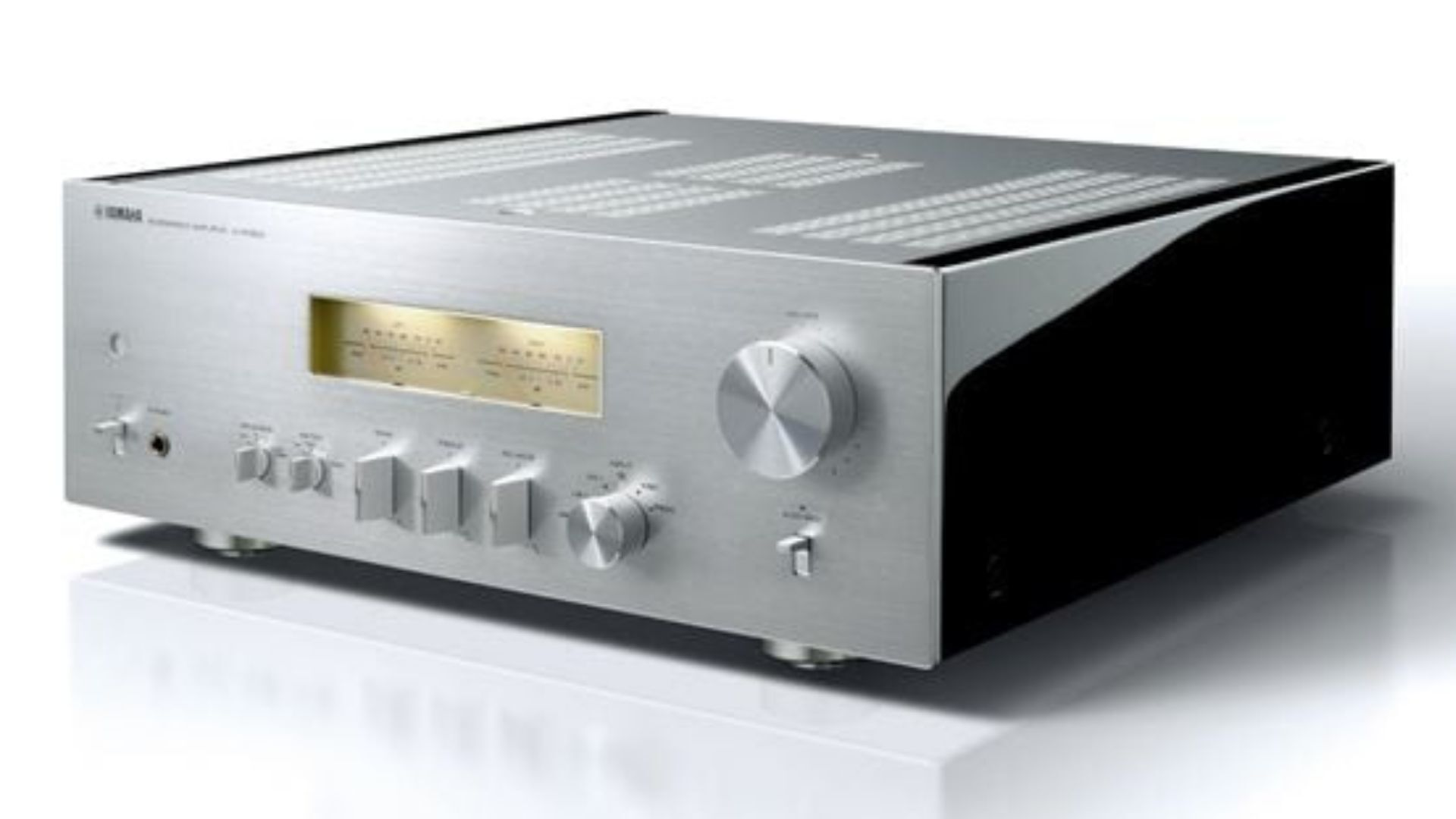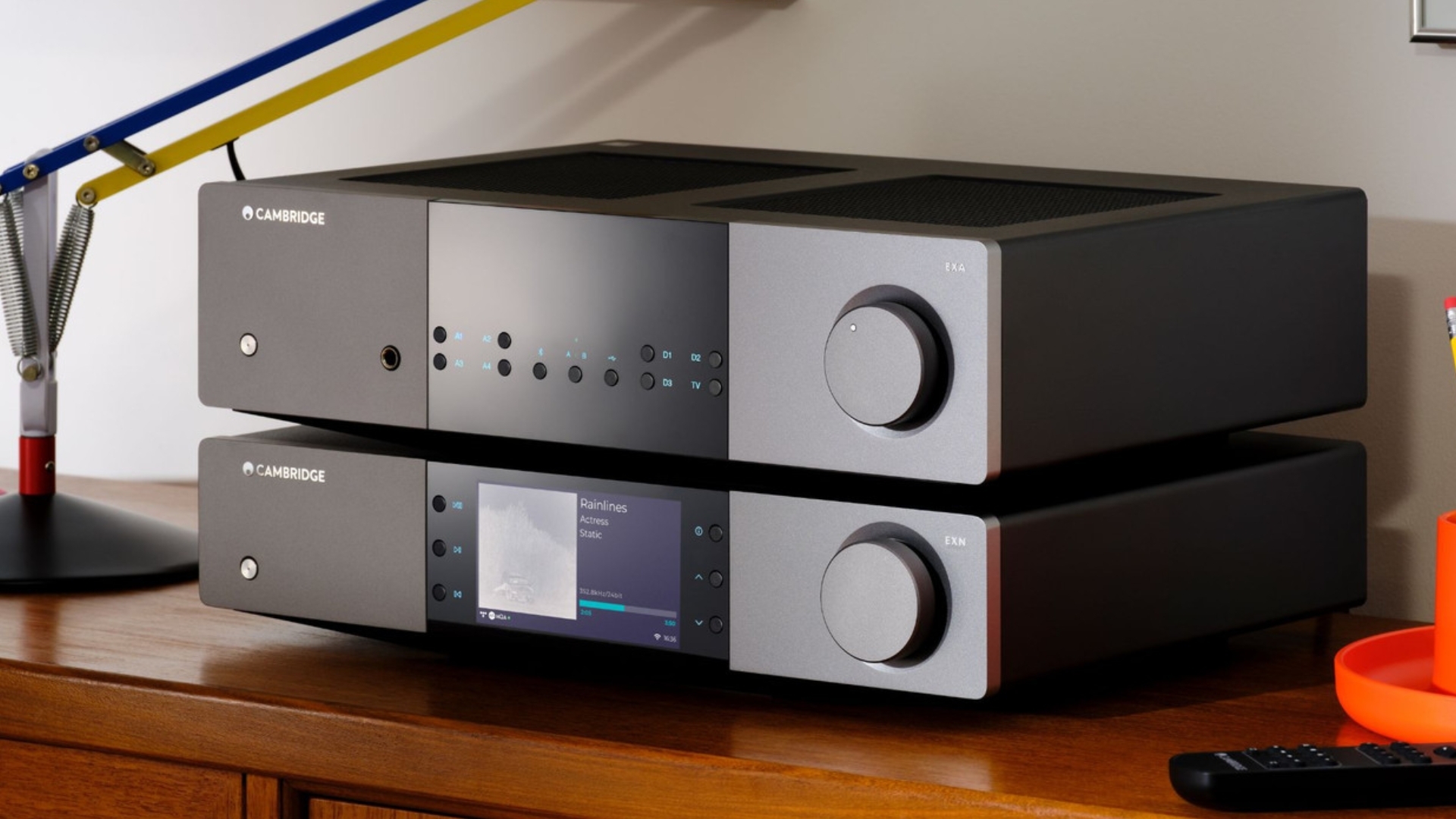Integrated Amplifier vs. Separates: Which Should You Buy?

Today’s integrated amplifiers are not the same as those from the past. While they once carried the stigma of being inferior or mere budget alternatives, that’s no longer the case. With a plethora of options available—from monoblocks to preamps and outboard DACs spanning various price points—it’s time to reevaluate integrated amps and the possibilities they offer.
Over the past decade, integrated amplifiers have undergone significant advancements in both DAC technology and amplification across all classes. These improvements, combined with global trade and better parts availability, have led to substantial growth in the integrated amplifier segment. The result? Enhanced sound quality, increased versatility, and cost-effectiveness.
Audiophiles’ expectations remain high—we want the best. Manufacturers are rising to the challenge, delivering integrated amp options that exceed expectations. From the feature-rich Cambridge Audio Integrated Amplifier CXA81 MKII to the all-analog hybrid amplifier design of the ModWright KWH 225i, there’s a wide array of choices filling rooms with music across the audiophile spectrum.
If you’re considering an integrated amplifier over separates, here are some key factors to ponder—some of which might even lead you back to separates.
What Are the Benefits of Integrated Amplifiers?
1. Simplicity Without Sacrifice
Space, clutter, budget, cables—all of these factors come into play when deciding between an integrated amp and separates. Let’s start with simplicity. If you’re like me, time is limited, and music serves as an escape from the daily grind. Fewer boxes mean fewer power cables, interconnects, and potential points of signal loss or noise introduction.
When you’re looking for audiophile simplicity on a budget, like the Rega Elex Mk4 for analog purism or the Yamaha Integrated Amplifier A-S1200 for retro styling with modern execution, there are integrated amps that bring simplicity without sacrificing the sound you are craving. With an integrated you streamline the setup process—no need to worry about physical clutter or layout. While synergy is still important, integrated amps eliminate many of the practical complexities. For example, you don't have to run around determining if the amp will work with the preamp. It's baked into the cake, so to speak.
The sprawl of separates can turn your setup into a maze of gear and cables—especially in smaller rooms. At some point, your setup might resemble the suburban sprawl of a major city, taxing your home’s power in the process.
2. Better Value for Your Money
One of the most significant benefits of an integrated solution is its budget-friendly aspect, especially when considering return on investment. While figures vary, the general idea is that when comparing integrated amps to their separate counterparts, the performance gains are often marginal, typically 5-15%, for a substantially higher cost.
Within the same brand, integrated amplifiers often feature trickle-down technology or even identical tech as their higher-end separates. While moving to separates might offer more watts, a lower noise floor, and other audiophile buzzwords, it often requires spending two to three times more for that extra 5-15% of performance. Additionally, you’ll need more space, more cables, and a larger budget.
Take the Marantz integrated amplifier lineup as an example—many models share circuitry and engineering DNA with their reference separates. You’re often getting 85-95% of the performance for a fraction of the price.
3. Smaller Footprint, Better Integration in Real Spaces
Integrated amplifiers are an excellent solution for smaller spaces, offices, apartments, and more. It’s not just about saving space; it’s about eliminating the need for multiple shelves of gear and complex wiring.
This dramatically cleans up your listening space, especially when using headphones. Make no mistake, however, a large portion of the amplifiers we are talking about have plenty of power to get even difficult speaker loads under control, so the smaller footprint of the gear does not necessarily limit your speaker choice.
Additionally, headphones are a great way to go if you, like me, love taking the room completely out of the equation. Many designs take into account the massive upswing in headphone usage over the past decade, and give plenty of love to the headphone output stage. These can usually accommodate easy-to-drive typical 32-ohm headphones, with some even being able to drive more difficult 300-ohm and above loads.
4. Modern Features, All in One Place
Today’s integrated amplifiers are akin to Swiss Army knives, boasting built-in streaming, Bluetooth HD, and radio capabilities—all without needing additional components beyond a pair of speakers or headphones.
Take the Cambridge Audio Integrated Amplifier EXA100, for example. This integrated system offers a range of analog and digital connection options, including an impressive ESS Sabre ES9018K2M DAC. Connecting is as simple as using a USB cable, HDMI ARC, or switching to Bluetooth HD.
Integrated systems don’t always mean being stuffed with digital options; some are straightforward preamplifier and amplifier combinations. Whether you prefer a minimalist setup or a feature-rich hub, one significant benefit is the built-in synergy. In audio equipment, synergy refers to the harmonious interaction between components, crucial for achieving optimal sound quality. Integrated amps are designed with this synergy in mind, ensuring seamless operation.
5. A Smart Entry Point into High-End Audio
Building your ideal system can be daunting. Even with time to research and select the right components, the only barrier to entry is not cost, but also time, knowledge, and experience.
An integrated amp can serve as a gateway to high-end audio. Many options allow integration with other components, not just different sources. For instance, if you want to experiment with a different amplifier, you can use the preamp section of your integrated amp, and vice versa. Some models even let you use the internal DAC with another amplifier or preamp. Starting with separates can be financially overwhelming, and the interdependence of components might lead to rushed decisions or compromises.
Many integrated amps also offer modular or bypass features—like pre-out, amp-in, or DAC bypass—which let you evolve your system later without starting from scratch. It’s a smart way to keep your options open if you decide to upgrade or explore separates down the line. Models like the McIntosh integrated amplifier MA5300 exemplify this philosophy—blending iconic design, high performance, and future-friendly flexibility into one box. McIntosh also, remain one of the leaders in integrated tube amplifier designs with incredible bohemeths like the MA9500.
6. Integrated Doesn’t Mean Basic Anymore
Gone are the days of integrated meaning entry-level. Brands like Luxman, McIntosh, and Marantz produce integrated amplifiers that rival their separates in build and performance.
You’ll find:
- Hybrid amplifiers like the ModWright KWH 225i, with a tube input stage and Class A/B solid-state output, offering a gorgeous blend of warmth, speed, and slam
- Tube purist designs like the BAT VK-80i, delivering rich harmonic depth and triode finesse in a sleek all-in-one chassis
- Feature-packed digital hubs like the Cambridge Audio CXA81 MkII, combining clean Class AB power with onboard DACs and flexible digital inputs
- And high-end minimalist performers like the Luxman Integrated Amplifier L-509X, blending craftsmanship, elegance, and authority in a reference-level integrated
Many of these amps share DNA with their brand’s flagship separates — including custom transformers, fully balanced circuits, and dual-mono layouts — but with the added benefit of simplicity and space savings.
Integrated no longer means entry-level. For many listeners, it’s the smartest way to experience high-end audio.

7. Fewer Headaches from Mismatched Gear
One thing that’s easy to overlook when building with separates is just how tricky matching components can be. It’s not just about taste—there are real technical concerns, like impedance mismatches, gain differences, and tonal imbalances that can sneak up on you. Even if you’ve done your homework, you might end up with a setup that looks great on paper but doesn’t quite sing in the room.
That’s where integrated amps shine. The internal components—preamp, amp, and sometimes DAC—are designed to work in lockstep. No guessing games. You know the synergy is there because it was built that way from the start. It takes a lot of the stress out of system building and lets you focus on what matters: enjoying the music.
Need help finding the right integrated amp?
Explore our selection of both new and used amplifiers for sale. Whether you are looking to save on certified pre-owned or trade in your used amplifiers towards something new, we have expert HiFi Guides to give you advice you need so you can tailor your system to your space.
Already Have a System? Here’s What to Read Next
Whether you’re rocking separates or already invested in a great integrated, there are a couple of paths worth exploring.
If you’re comparing integrated amps to power amps or want to see how separates perform at a similar price point, check out Affordable Excellence: 5 Must-Have Amplifiers in 2025. These picks prove that you don’t have to break the bank to hear what serious performance sounds like.
On the other hand, if your system is already dialed in and you’re looking to level up your digital front end, take a look at High-End Streaming Without the High-End Price. These five streamers and DACs punch well above their price tags—and work great with either integrated amps or separates.
What Are the Benefits of Separates?
1. More Flexibility for Future Upgrades
Separates offer the freedom to evolve each part of your system over time. Want to try a new preamp, add a tube stage, or upgrade to a more powerful amplifier? With separates, you’re not confined to a single box—you can upgrade individual components without overhauling your entire system. This flexibility appeals to those who enjoy experimenting and fine-tuning their setup as preferences change.
2. Higher Performance at the Top End
The allure of separates lies in their potential for superior performance. Each component has its dedicated power supply and is designed with a singular focus. Investing $2,000 in an integrated amp versus $2,000 in a standalone amplifier allows designers to select higher-grade components and make fewer compromises. This focused design approach can lead to better overall performance.
That said, the performance delta between high-end separates and today’s best integrated stereo amplifier is narrower than ever.
3. System Matching as a Creative Process
For many audiophiles, part of the enjoyment comes from system matching—swapping out components to explore different sonic characteristics. This experimentation can lead to significant discoveries, revealing nuances in recordings previously unheard. It’s the thrill of the hobby, driven by curiosity and the pursuit of the perfect sound.
The Right Gear At the Right Value
No matter what you are looking for, you can be sure when you shop with The Music Room, you are getting the right gear at the right value. Save on certified pre-owned power amplifiers and preamplifiers or start your trade towards any new component. Our expert HiFi Guides are standing by to make sure your next upgrade is the best possible experience.
Integrated Amp vs. Separates: Which Should You Buy?
In the world of audio, compromises are almost inevitable. However, choosing an integrated amp today isn’t the compromise it once was. With numerous options available, it can be a smart long-term solution. While separates offer design purity and potentially superior sonics, the gains may not justify the additional cost and complexity for everyone.
Ultimately, listening is the best test. Don’t rely solely on specifications. Experience the equipment in a room, audition brands that offer both integrated and separate options, and determine which path aligns with your preferences and goals.
Frequently Asked Questions
Are integrated amplifiers good for audiophiles?
Yes! Modern integrated amplifiers offer high performance and simplicity.
Integrated amplifiers have evolved significantly and are no longer considered a compromise. Today’s models often include high-quality DACs, robust amplification, and well-matched internal components designed to work in harmony. Many high-end integrated amps now rival the sound quality of separate preamps and power amps, making them an excellent option for audiophiles who want top-tier performance without the complexity or space requirements of multiple components.
Should I start with an integrated amp or go straight to separates?
Integrated amps are a smart starting point.
For those just beginning their HiFi journey—or working with limited space or budget—integrated amplifiers provide a great balance of performance, simplicity, and value. They combine preamp and power amp functions in one unit, reducing setup complexity without sacrificing sound quality. Many models also allow for future expansion, making it easy to pair them with separates later if you decide to upgrade your system over time.
Hear More. Learn More. Love Your System More.
Join thousands of music lovers who get weekly guides, expert insights, and exclusive offers from The Music Room.


